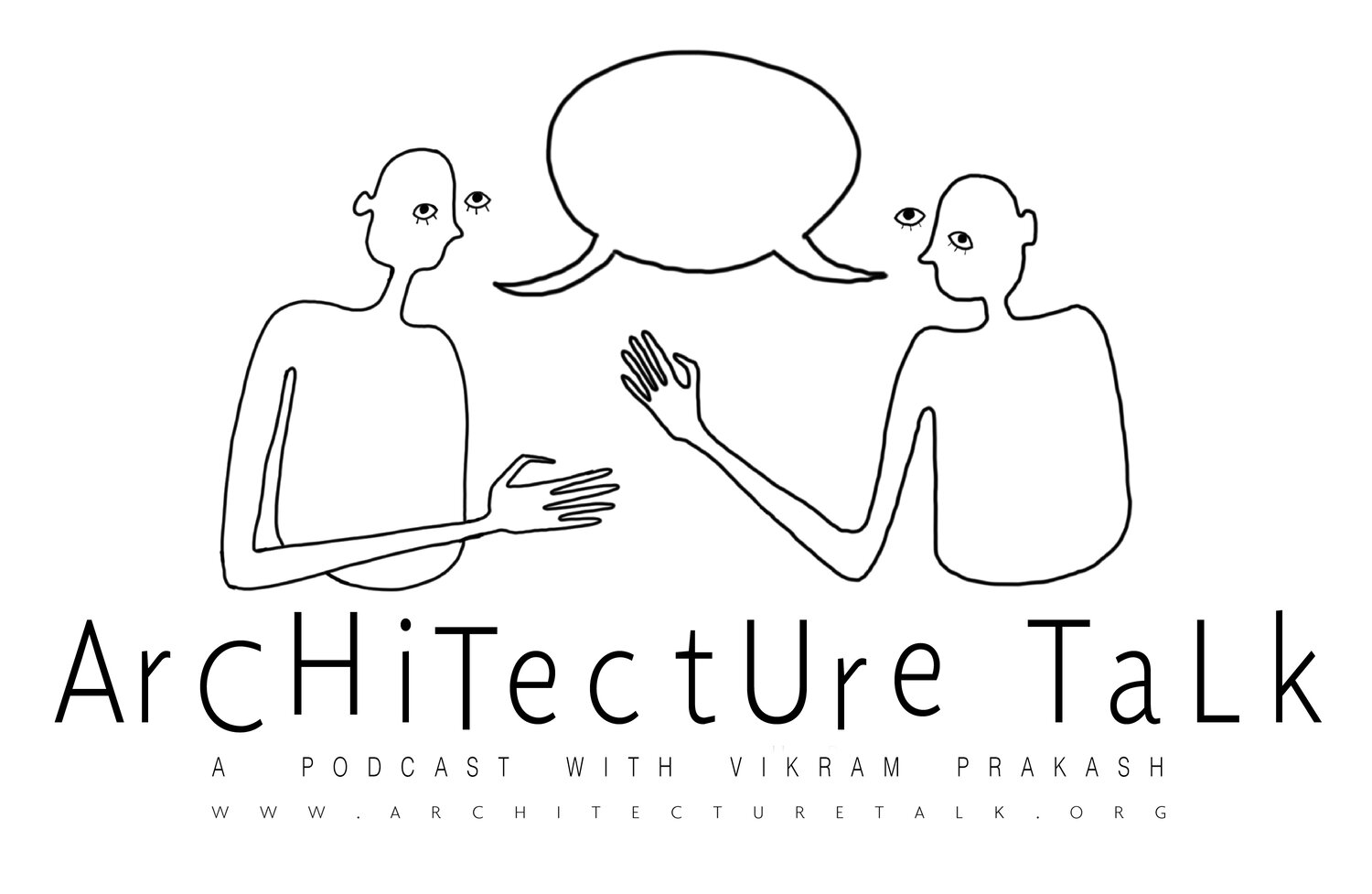89. Storytelling with the Shapes of Time with Amir Sheikh
Original Drawing by Tori Haynes
“The stories we tell each other, and slow data particularly…is a means of community empowerment and mobilization that can influence decision-making. First, we need to know who we are and where we came from to imagine what is possible.”
Amir Sheikh
What's in a placename? What are the geneologies and lineages of the land we live on? As mapmaker and transdisciplinary scholar, Amir Sheikh reveals that there are many intersecting and sedimented narratives of place and placenames, in part, tell these stories. Join us as we talk with him about his work with the Waterlines project and storytelling with the shapes of time.
:
Timestamp Outline
1:00 The Waterlines Map
1:40 Vikram introduces Amir Sheikh, a self-described “undisciplined scholar”
4:25 Waterlines Map, part of the larger project entitled the Waterlines Project, which tells the multimodal and hidden stories of Seattle through its landscape and urban history.
7:25 “It’s a decolonized map of Seattle around the time of early settler-colonial and early Euro-american settlement. It’s a snapshot of around the 1850s or so. It is playing with the ubiquitous imagery that we have in our minds of what we think about when we think about a map: satellite imagery appearance of what it would look like then. The only contemporary feature we have on it is a faint white line outlining the modern shoreline. So there have been drastic landscape changes: the rivers have been rerouted, Lake Washington has been lowered…” AS
9:15 “Place names are stories: proof of presence, archives of meaning, evidence of ancestry, and a reference for treaties and other legal connections to territory. The place names on this map, written in the Lushootseed language of the Coast Salish people, are drawn from elders who worked with ethnographers in the early twentieth century, from the work of linguists and scholars such as the late Vi taqʷšəblu Hilbert, and the research of q́ʷat́ələmu (Nancy Jo Bob) and qəɬtəblu (Tami Hohn).” excerpted from the Waterlines Map
9:15 Tami Hohn's efforts in Southern Lushootseed language revitalization efforts
9:50 “Placenames are stories...places as stories. What do you mean by that?” VP
10:20 “These placenames they... describe relationships to the land, plants, and animals and to each other and how people interpreted and used the land, along with the sacred...They’re all interconnected.” AS
11:35 Discussion of the many layered, deeply complex, and sedimented histories of the land.
12:20 Countermapping: definition and case study; stories of countermapping; the importance of countermapping for marginalized communities
12:45 “[The Waterlines Map] is the first step of reimagining...and it tries to bring in intersecting narratives of place.” AS
14:50 Phenomenology
15:25 ‘Meanders’ exhibition project in collaboration with Francis Nelson and Zachary Corum
20:35 “I think its about different ways of reading the landscape and being hyper-aware of what traverse in your everyday life.” AS
21:50 “Southern Lushootseed is indigenous language in what was spoken in what is now called Seattle. It is a renaming, a reclaiming…there are two primary dialects [of Lushootseed], Northern and Southern... ” AS
26:40 Vikram tells the story of how he was named.
28:35 Rhizome and Deleuze
33:00 “The stories we tell each other, and slow data particularly…is a means of community empowerment and mobilization that can influence decision-making. First, we need to know who we are and where we came from to imagine what is possible.” AS
34:40 Dolores Hayden and Storytelling with the Shapes of Time
38:30 Discussion of Identity linked with place, placenames, and narratives
39:30 “Belonging to a place is not so much a matter of when you showed up, belonging to a place is more a matter of how you ethically engage with its history and want to have a sense of engaged belonging to its history as a sense of self...And its not a static thing...its a verb, its in constant reformation...” VP
41:40 discussion of multimodal ways of representation and transmedia







